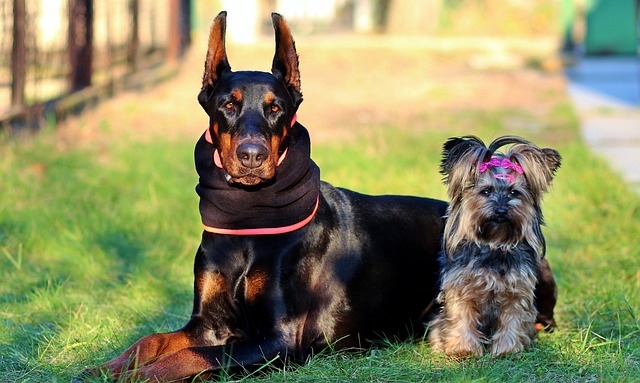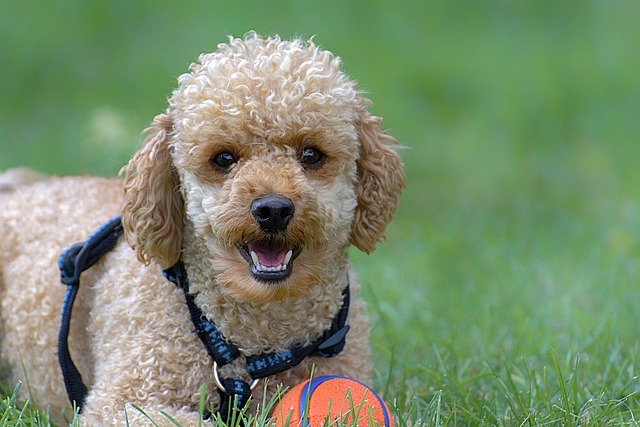
Why can't German Shepherds eat chicken
If you’ve heard “German Shepherds can’t eat chicken” from a fellow dog owner, you might be avoiding perfectly good food for your pup unnecessarily.
It’s not uncommon for dog owners to panic when their furry friend turns up their nose at mealtime—especially if they’ve noticed other little changes, like drinking more water or seeming tired. If you’re in this spot, you might wonder: Do dogs with kidney disease lose their appetite? The short answer is yes, it’s one of the most common signs, but understanding why and what to do next matters more than just worrying. Let’s break this down simply, so you know how to help your pup.
Kidney disease in dogs messes with how their bodies filter waste, and that buildup of toxins is a big reason they stop eating. Think about how you feel when you’re run-down with a fever—food just doesn’t sound good. For dogs, those toxins also upset their stomachs, sometimes leading to nausea or even vomiting, which makes them want to avoid food even more. Younger dogs can get kidney issues too, but it’s more common in senior pups (8+ years old), so keeping an eye on their eating habits as they age is key. If your dog skips more than one meal, especially with other symptoms like frequent peeing, it’s time to call the vet—don’t wait for it to “pass.”
 When your vet confirms kidney disease, the first step is adjusting their diet, but getting them to eat that new food can be tricky. Start small: warm up their food a little (the smell helps stimulate their appetite) or mix in a tiny bit of low-sodium chicken broth—just make sure it’s free of onions or garlic, which are toxic to dogs. Avoid giving them table scraps, even if they beg; many human foods (like salty snacks or fatty meats) make kidney work harder. Also, stick to regular feeding times—pets thrive on routine, and consistency can help them feel more like eating. If they still refuse, your vet might suggest appetite stimulants, but never give them any meds without a prescription.
When your vet confirms kidney disease, the first step is adjusting their diet, but getting them to eat that new food can be tricky. Start small: warm up their food a little (the smell helps stimulate their appetite) or mix in a tiny bit of low-sodium chicken broth—just make sure it’s free of onions or garlic, which are toxic to dogs. Avoid giving them table scraps, even if they beg; many human foods (like salty snacks or fatty meats) make kidney work harder. Also, stick to regular feeding times—pets thrive on routine, and consistency can help them feel more like eating. If they still refuse, your vet might suggest appetite stimulants, but never give them any meds without a prescription.
As a dog owner, there are also rules and habits to keep in mind while caring for a pup with kidney disease. First, stay on top of their regular vet visits—many places require core vaccines (like distemper or parvovirus) even for sick dogs, and missing those can lead to more health issues. When you take them out for walks (short, gentle ones are best—they’ll be tired easily), always clean up after them. Not only is it the law in most neighborhoods, but it’s also part of being a respectful neighbor. And remember: never use punishment if they don’t eat or have an accident indoors. Positive reinforcement—like praising them when they take a few bites or go outside—works way better and keeps their stress levels low, which helps their appetite too.
Caring for a dog with kidney disease isn’t easy, but noticing changes like lost appetite early and acting fast can make a big difference in their quality of life. Your vet will be your best partner, but small, daily steps—like warming their food or sticking to a routine—will help your pup feel more comfortable. And don’t forget to give them extra love: cuddles and quiet time can reduce their stress, which goes a long way toward getting them to eat again. With patience and the right care, many dogs with kidney disease keep enjoying their days (and their meals) for years.

If you’ve heard “German Shepherds can’t eat chicken” from a fellow dog owner, you might be avoiding perfectly good food for your pup unnecessarily.

Standing in the pet food aisle staring at shelves of wet and dry options for your new German Shepherd can feel overwhelming.

If you’ve spent hours Googling why your dog won’t stop scratching their ears or licking their paws, you’ve probably encountered endless mentions of “grain allergies” or “chicken allergies.”

You might’ve spotted nutritional yeast in your pantry—often used to add a cheesy flavor to plant-based meals—and wondered if you can share a sprinkle with your pup.

You’ve just noticed your golden retriever, Bailey, limping slightly after a day at the local dog park. As a new pet parent in the U.S.,

If you’re daydreaming about bringing home a standard poodle, one of the first questions popping up is probably how much space they’ll take up—both on your couch and in your life.